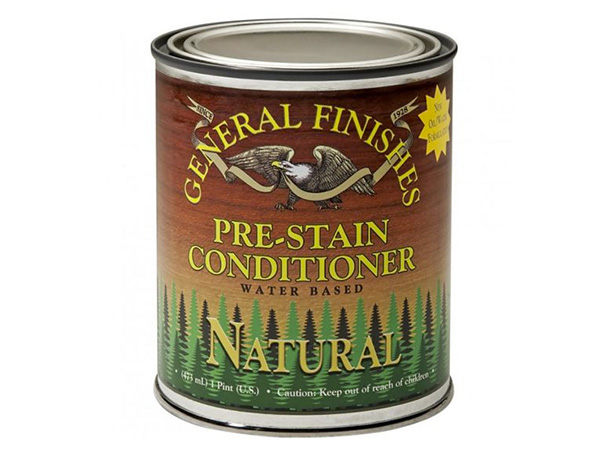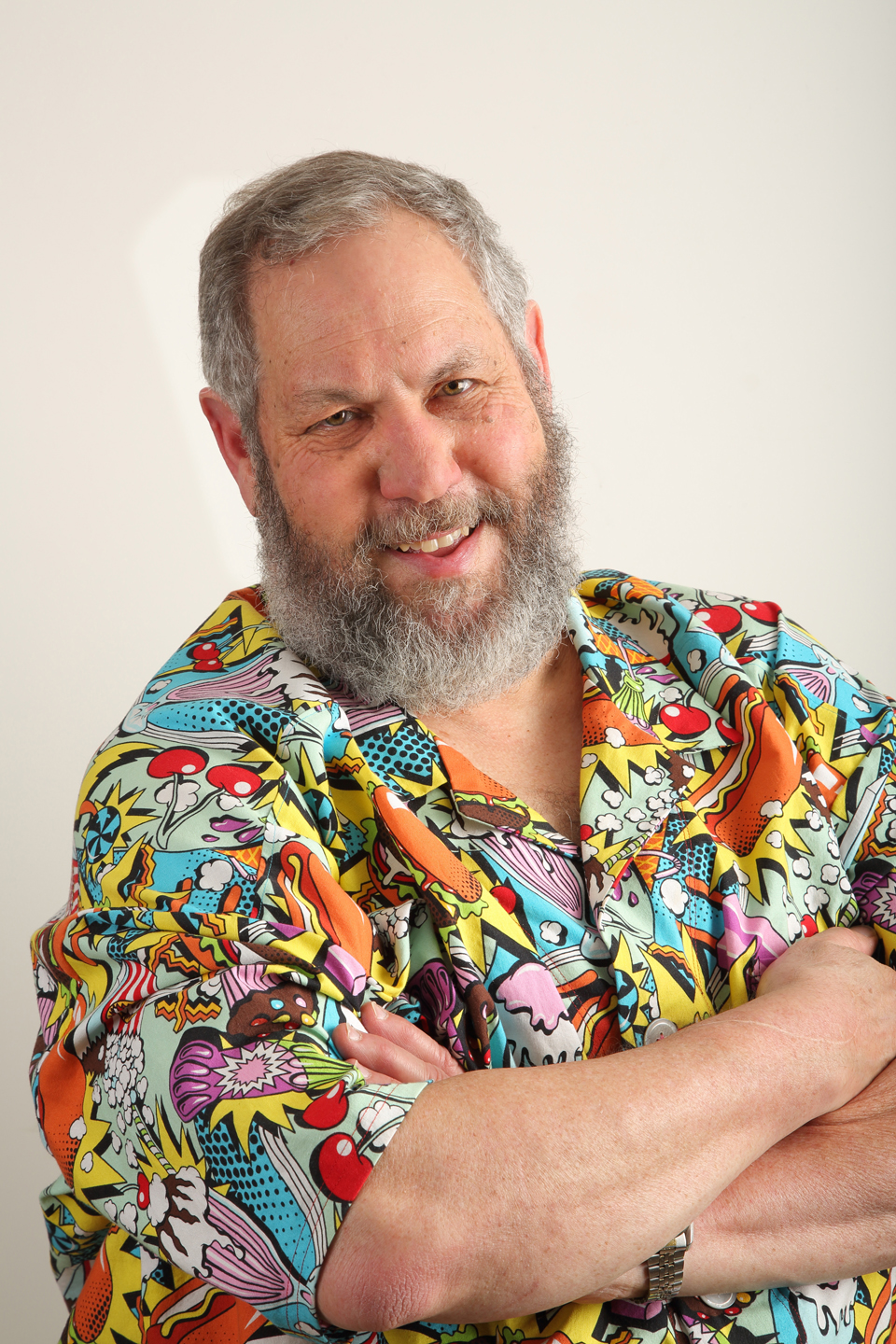
“It works great.”
“It’s useless.”
I was at my monthly guild meeting eavesdropping on a heated discussion about a frequently misunderstood finishing material, wood conditioner, and its raison d’être, blotchy staining. At that point they both saw me and almost in unison said, “Let’s ask Dresdner who’s right.”
“In a sense, both of you,” I said, “but let me tell you exactly what wood conditioner is and what it does, and you will soon see why it has the reputation of sometimes being a savior and other times a letdown.
 “Simply put, wood conditioner is colorless stain. It contains solvent and a bit of resin, just like stain, but none of the pigment or dye that adds color. Clear stain helps with woods like cherry and most softwoods which have resin pockets. These are dissolved by the solvent in oil-based stain, and in turn absorb more of the stain mixture, creating a darker patch called blotch. Woods with twisted grain orientation, like maple, blotch because they absorb excess stain where end grain emerges. Two very different things cause blotch, but conditioner helps with both.
“Simply put, wood conditioner is colorless stain. It contains solvent and a bit of resin, just like stain, but none of the pigment or dye that adds color. Clear stain helps with woods like cherry and most softwoods which have resin pockets. These are dissolved by the solvent in oil-based stain, and in turn absorb more of the stain mixture, creating a darker patch called blotch. Woods with twisted grain orientation, like maple, blotch because they absorb excess stain where end grain emerges. Two very different things cause blotch, but conditioner helps with both.
“To use it, flood it on liberally, wipe it all off, and stain immediately as it only works while the wood is still wet. Resinous patches or end grain areas load up with clear conditioner first, preventing excess stain from being absorbed. The result is a lighter but more uniform overall color. However, some woods have no such problems and wood conditioner is a waste of time on them.”
“What about figured maple?” one asked. “You don’t use it on that.”
“True, but figured maple still blotches, in a sense. Of course, when we like the pattern stain brings out, we call it figure. When we don’t, we call it blotch.”





